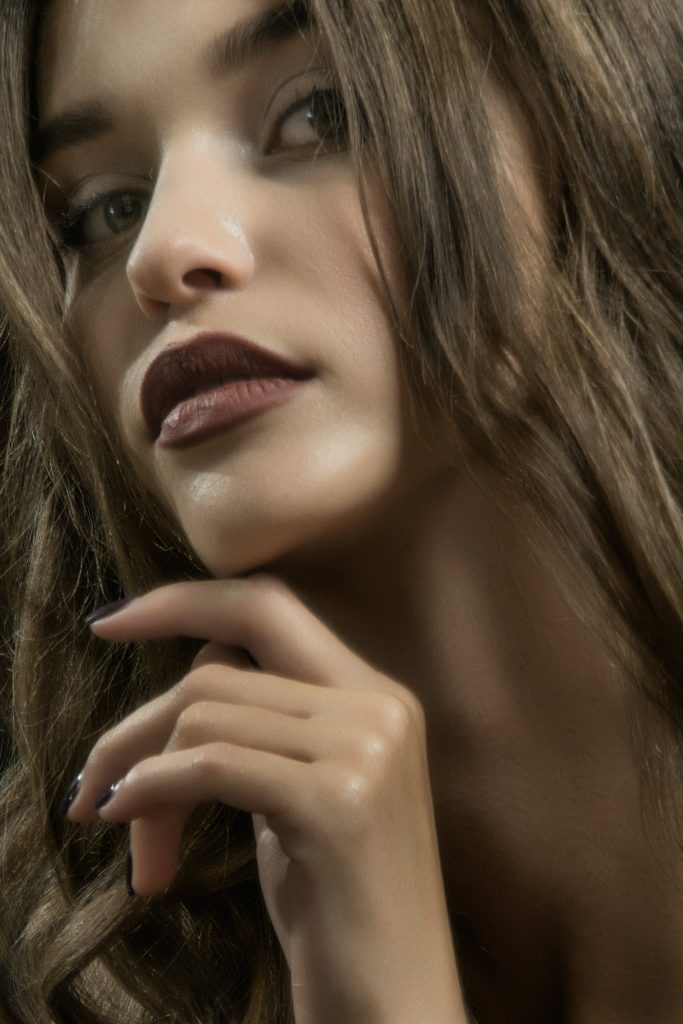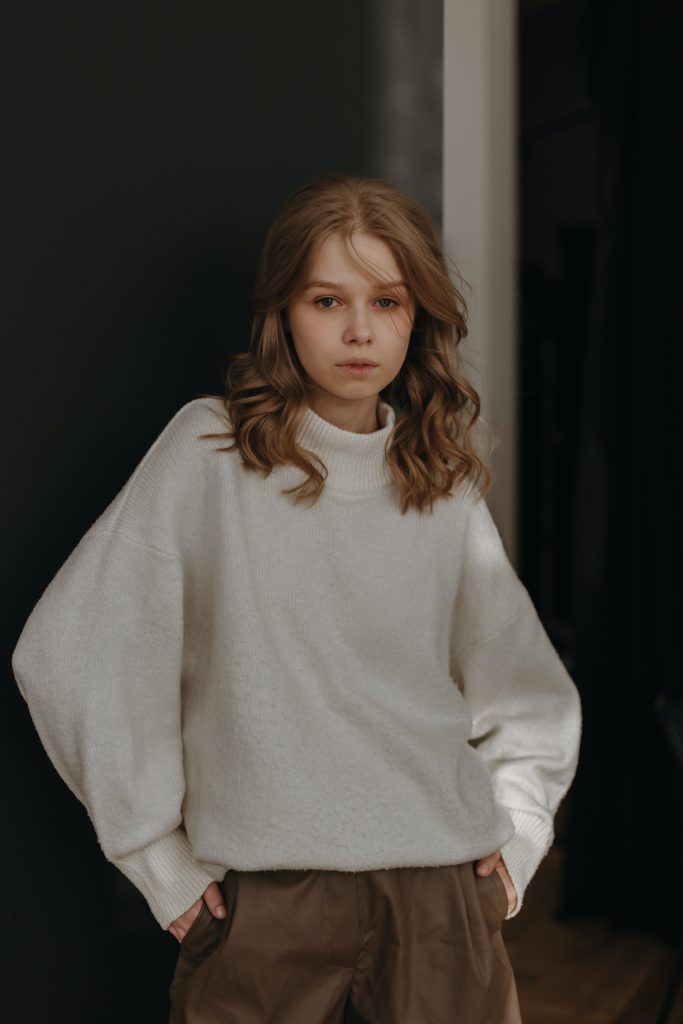Is Scalp Burning Normal When Bleaching Hair ?
The Dos and Don’ts of DIY Bleaching
Bleaching your hair at home can lead to dramatic color transformations, but it can also cause irritation, redness, and even burning sensations on the scalp. Learn whether this reaction is normal and how to safely DIY bleach your locks.
Introduction
If you’ve ever experienced a tingling, painful burning feeling on your scalp when lightening your hair, you’re not alone. Many hair bleaching horror stories involve smoke rising from heads, rapid swelling taking place, and, even worse, chemical burns on the scalp requiring medical treatment.
However, it’s important to note that mild scalp irritation is common, though extreme burning is not normal and signals a reaction. By understanding the safety precautions, what to look out for, and aftercare steps for at-home bleaching, you can achieve stunning blonde locks without inflicting damage.

Is Any Burning Sensation Normal?
Bleach and other hair lightening products contain strong chemicals that strip the hair of pigment, which can lead to mild irritation for some. According to hair care experts, tingling or slight stinging sensations are normal, especially around the hairline and neck. This typically subsides relatively quickly. However, more intense burning indicates an underlying sensitivity or reaction that needs to be addressed immediately by rinsing thoroughly.
What Causes Burning and Irritation During Lightening Treatments ?
There are a few key reasons why you may experience a burning scalp when bleaching your hair:
- Product Touching Scalp: Bleach can irritate any skin it comes into contact with, especially delicate scalp skin. Just a quick touch can cause redness and burning.
- Scalp Sensitivities: Ingredients commonly found in hair lighteners like ammonia and peroxide can trigger allergic reactions or chemical burns fast in those with sensitivities.
- Overprocessing: Leaving bleach on too long drastically raises the risk for burning. This overprocessing damage often affects the scalp first.
- Dark Hair: Those with naturally darker locks often feel increased warmth and irritation during the lifting process as more work is done to lighten color.
At the first Sign of Tingling or Burning: Rinse Immediately

If a bleaching session leads to anything beyond slight tingling, you need to respond immediately. Here are the swift overreaction steps:
- Rinse your scalp and hair with cool water right away as warmth signals pending damage.
- Use a towel to gently dab — not rub — your scalp dry. Rubbing can worsen irritation and redden skin.
- Apply a gentle, hydrating moisturizer like aloe vera gel to soothe and calm inflammation and provide some relief.
- Give your scalp a break from any chemical processing or heat tools as it heals.
When to Call the Doctor Regarding Bleaching Burns
In most cases when scalp irritation is caught early, negative reactions remain mild side effects and resolve relatively quickly. However, if you experience continued intense burning, rapid swelling of the face or scalp, oozing blisters, dizziness or trouble breathing after lightening your locks, seek emergency care. These serious symptoms signal a chemical burn or severe allergic reaction requiring professional medical treatment and monitoring. In these instances, be prepared to provide information on the exact products and ingredients used to lighten hair.
Preventing Bleaching Burn on the Scalp
Using quality protective products, carefully applying lightener, and not pushing your hair’s limits reduces the risks of bleaching burns significantly. Here’s how to be prevent irritation when embracing the blonde life :
- Do an allergy patch test before full lightening.
- Invest in quality lightening products designed for safety.
- Apply petroleum jelly generously around hair parts pre-bleach.
- Use the lowest volume peroxide your hair needs.
- Frequently check in on your hair and scalp during processing.
- Carefully maintain even saturation and neat sections while applying lightener.
Bleach and Your Scalp: Continued Care and Cautions

The first 48 hours post-bleach require diligent scalp care to nurture hair health. Avoid heat tools, additional chemical processing, and use only gentle shampoos and conditioners formulated for damaged hair. Check in on your scalp often, watching for prolonged redness, itching, oozing, and flaky skin which can indicate infection or chemical burn. Seek medical support for any concerning symptoms.
Additionally, resist bleaching hair again until all irritation and inflammation has fully healed, at minimum two weeks. Repeated lightening sessions too soon further destroy bonds and dry out strands. Never layer bleach directly on top of recent lightening. Overprocessing causes intense scalp burns.
The Takeaway
Mild irritation is common during DIY bleaching sessions. However, burning indicates a more serious reaction needing swift rinsing. While bleach handles carefully, irritating scalp burns happen. Respond immediately at any signs of scalp trouble and understand when professional medical attention becomes necessary for chemical processing accidents. Avoiding overlapping lighteners allows suitable healing between applications. With some care taken during your bleach sessions, you can achieve striking blonde tones without inflicting major damage or burns.
